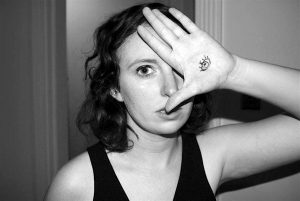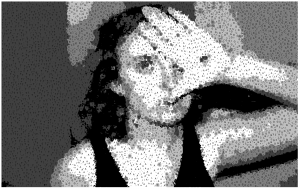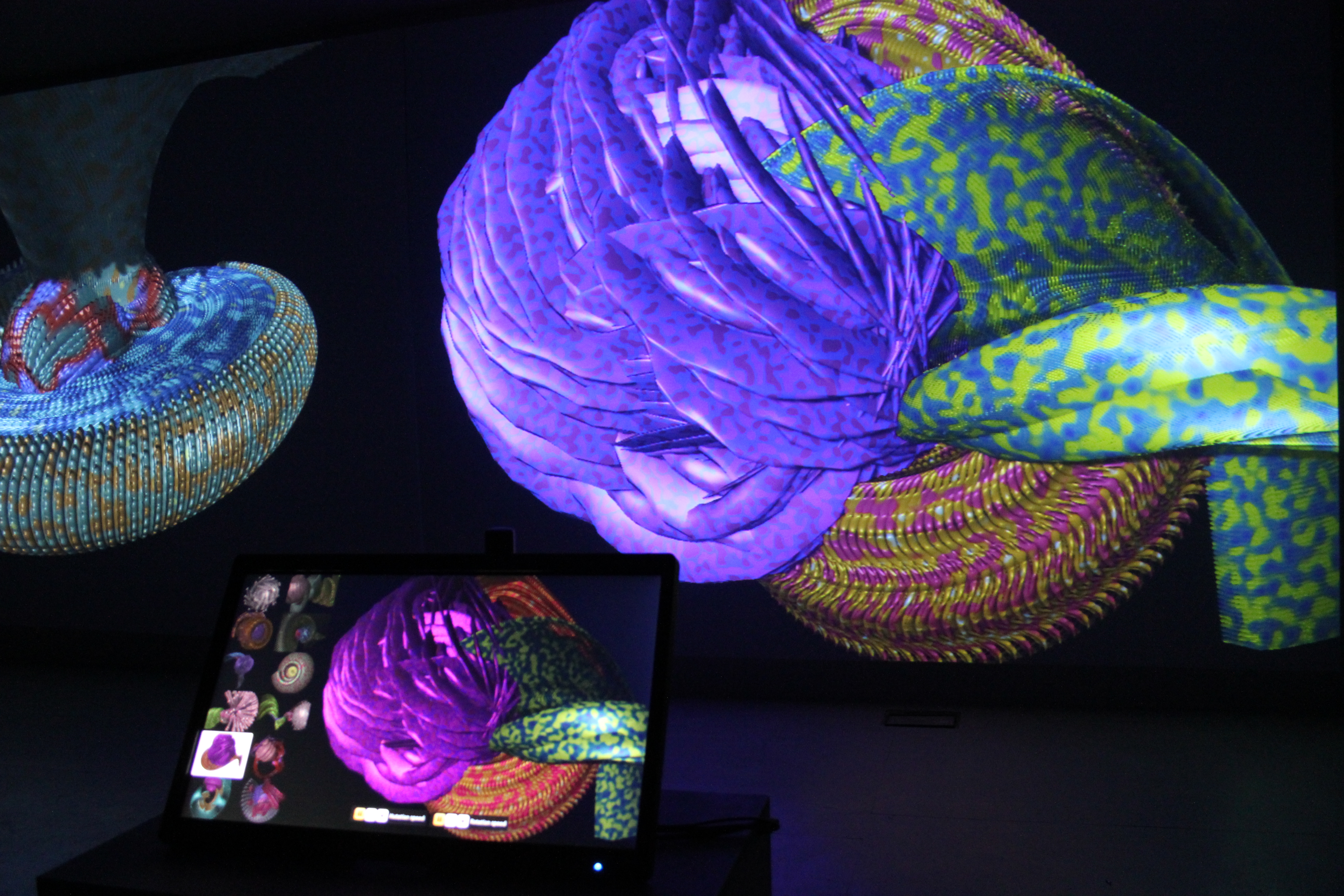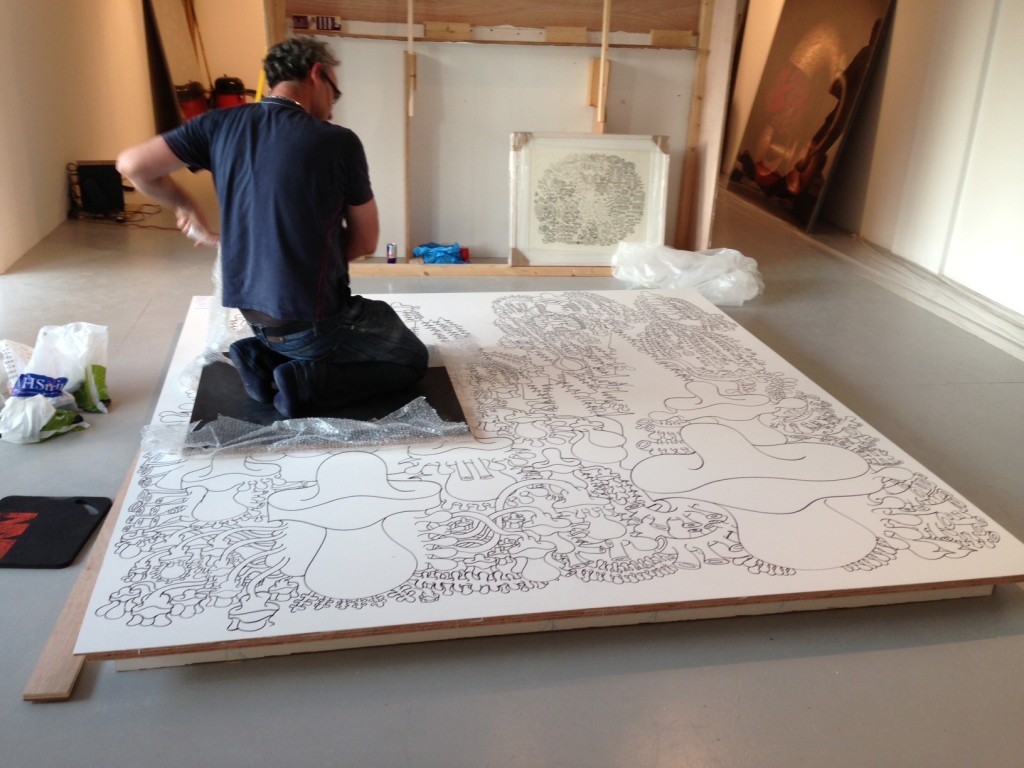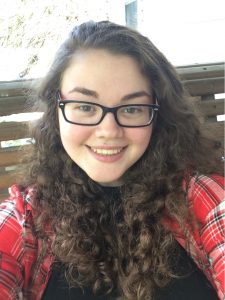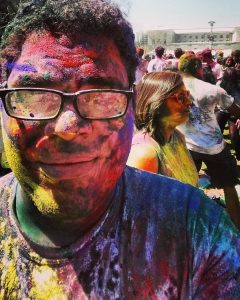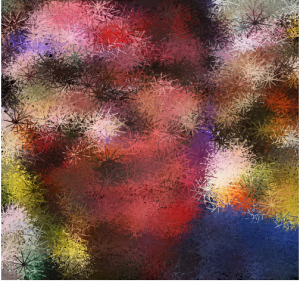Artist: Stephen Malinowski
Title: Fantasy-Impromptu by Fredrick Chopin
From Simin Li’s Looking outwards 04.
Malinovsky’s work is beautiful and exciting. It is an example of how using computational capabilities can enrich our experience of music. It also hints at how these capabilities can be art in themselves.
Simin’s assessment of the work is a revelation to me too. Malinovsky’s work reminds Simin of dance and she likens it to choreography. Beautiful music seeks expression and dance is the natural response. When the music can be ‘seen’, the impulse to dance is perhaps even stronger. I can also appreciate how this work makes it easier to teach music.
What struck me, was how the work enables visual experience of sound – in this case, beautiful sound. The work opens up a myriad of vistas – what if we could not only ‘see’ but also touch sound? Would being able to perceive beautiful sounds through our other senses – the eyes and hands (or even smell and taste) enrich our experience of music? On the other hand, could we reciprocate the process by creating music from art? What about making a single piece of art that produces a simultaneous experience of visual, audio and tactile beauty – art that one experience by looking at, listening to and touching?
It would be interesting to integrate a richer colour and image palette into the Malinovsky’s work. Perhaps this could evoke deeper feelings in the visual field alone. There is an unresolved tension between the motion of music and stillness of images, the 2D and the 3D.
![[OLD – FALL 2016] 15-104 • COMPUTING for CREATIVE PRACTICE](../../../../wp-content/uploads/2020/08/stop-banner.png)
